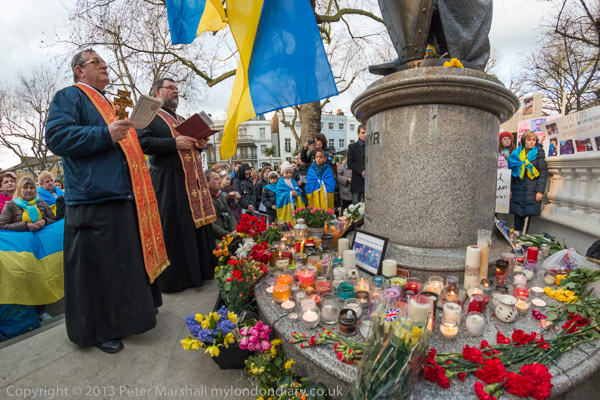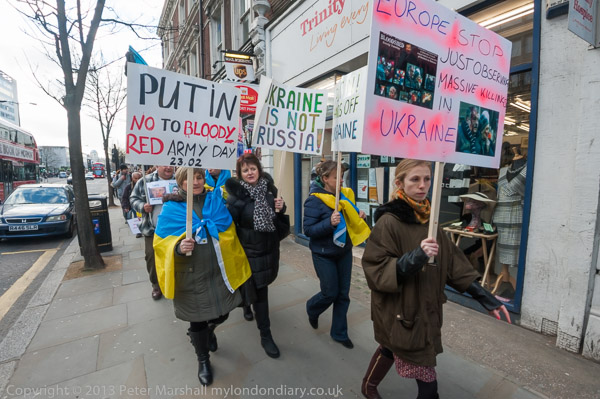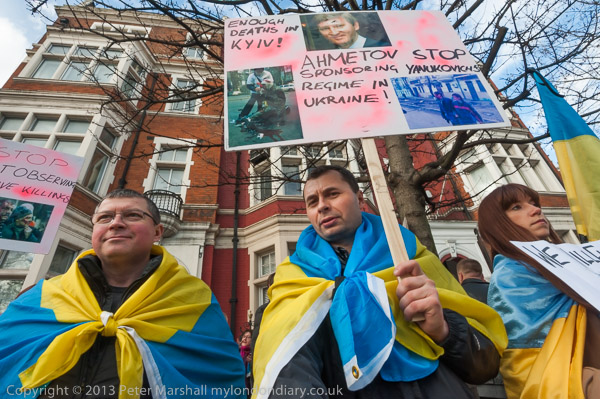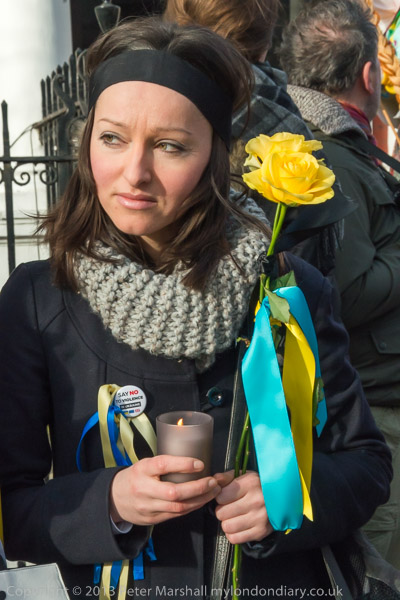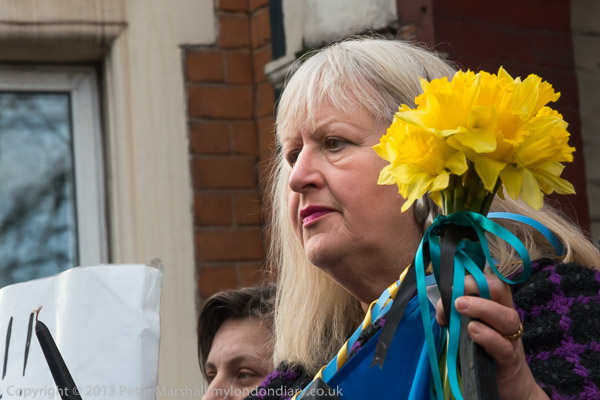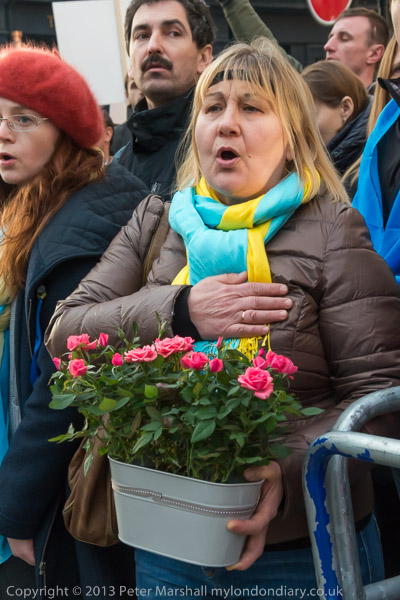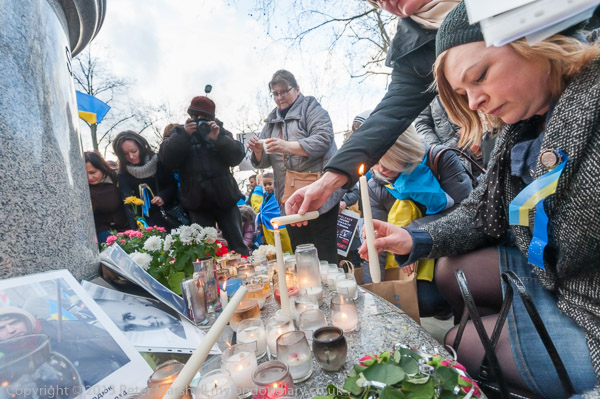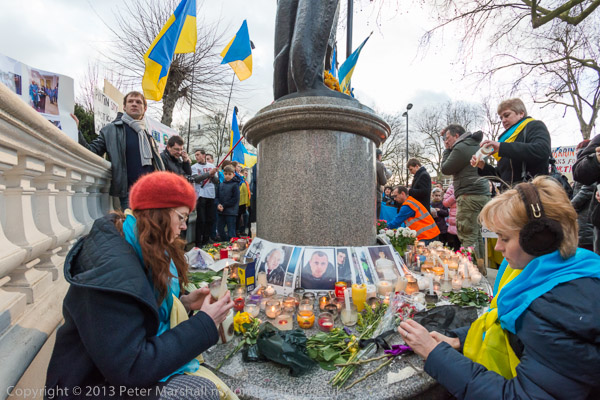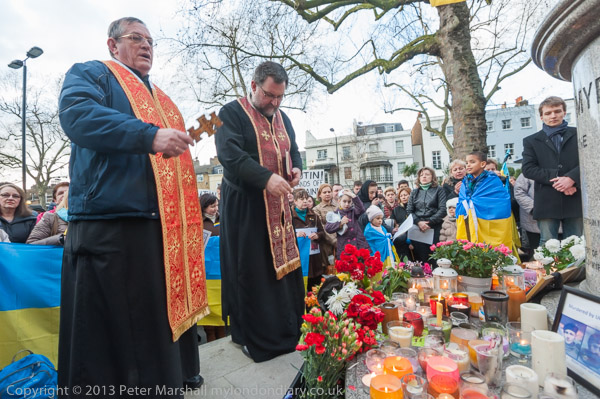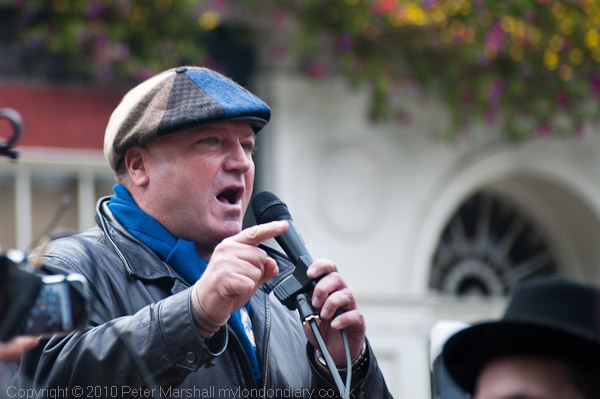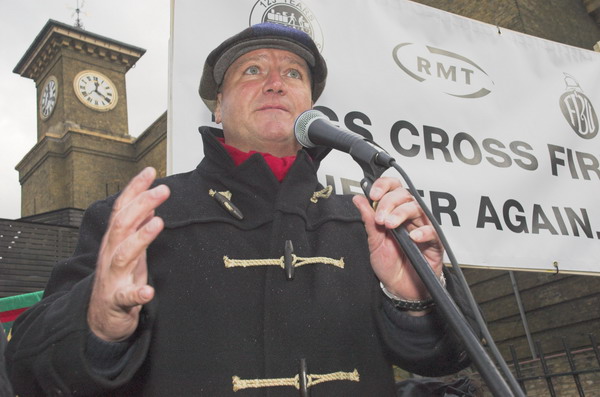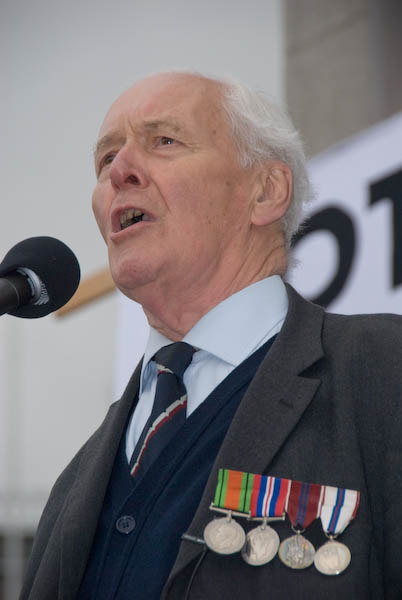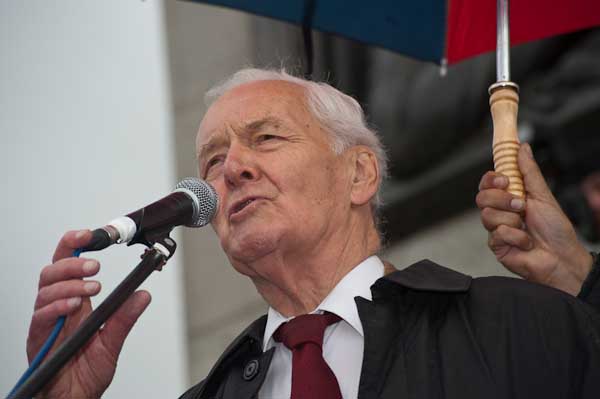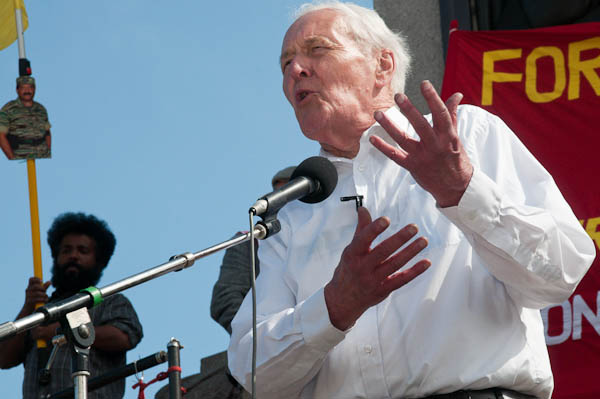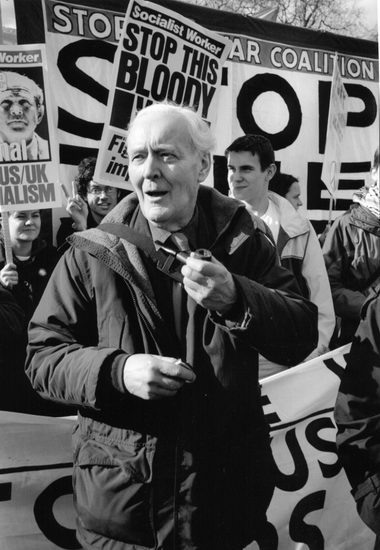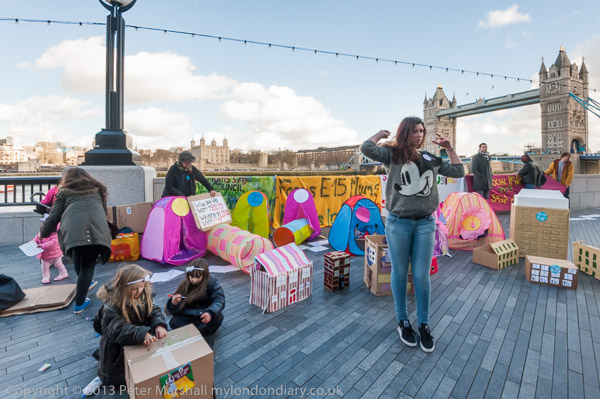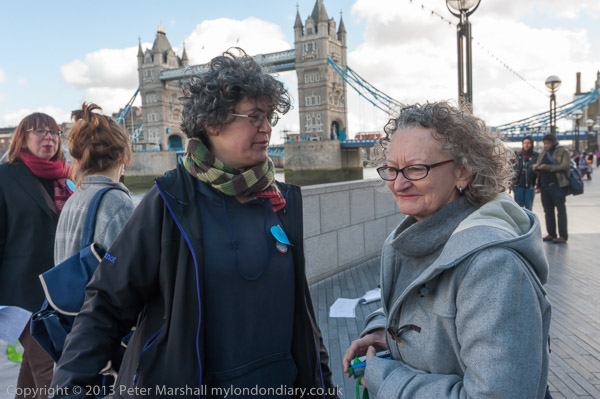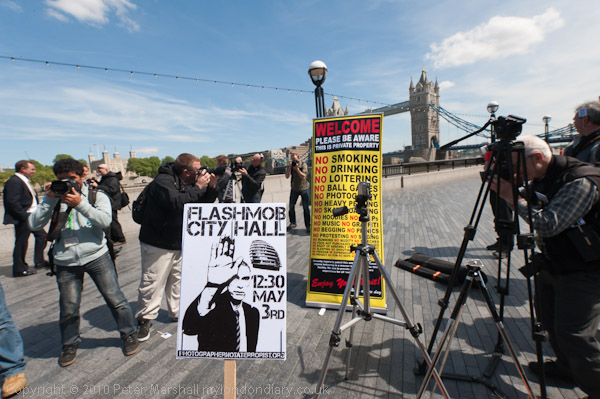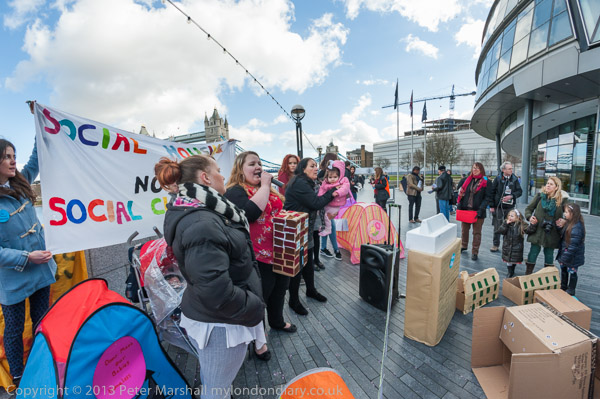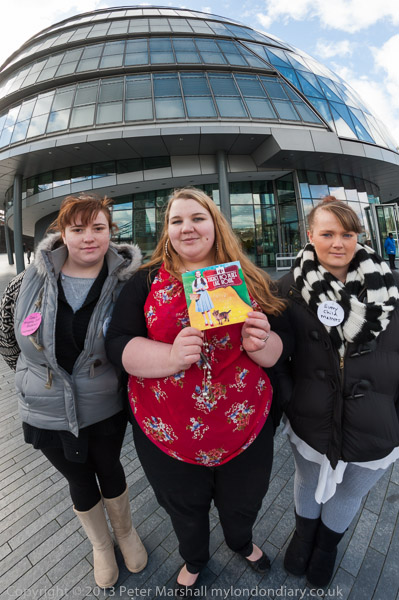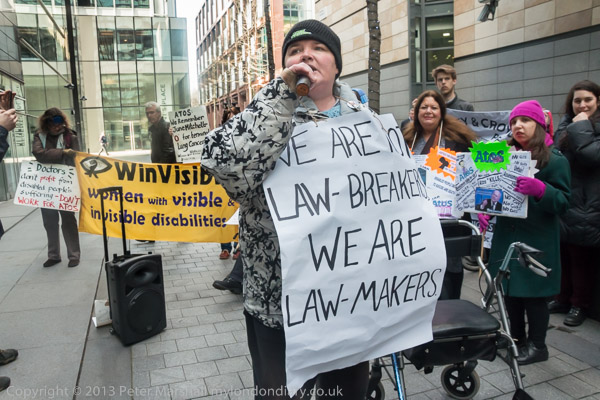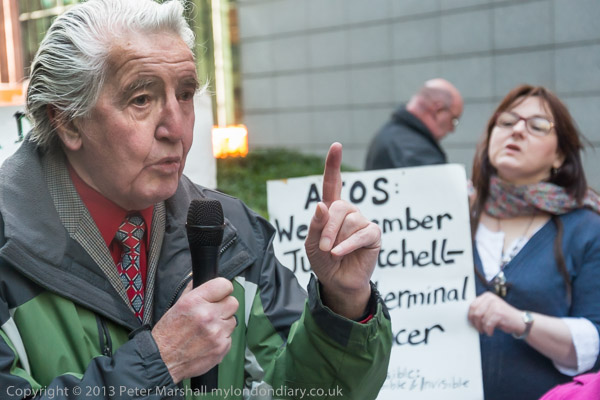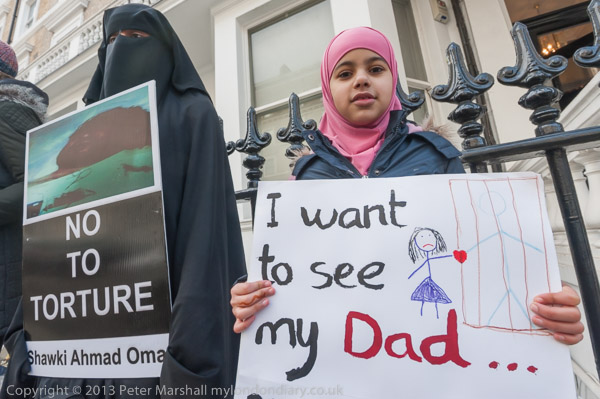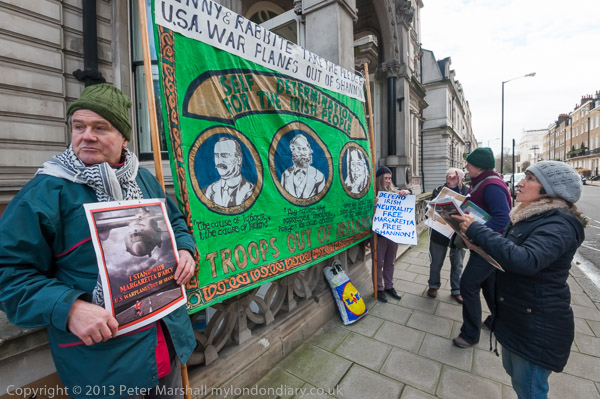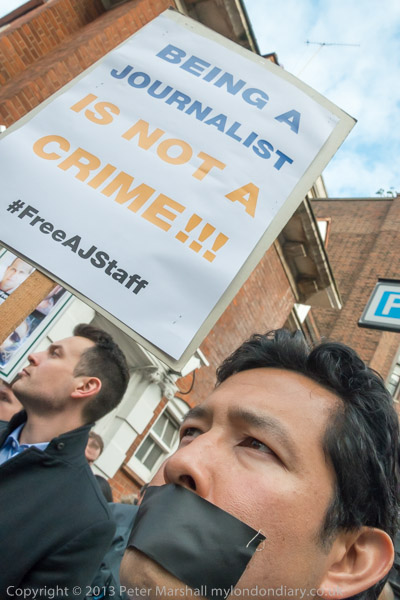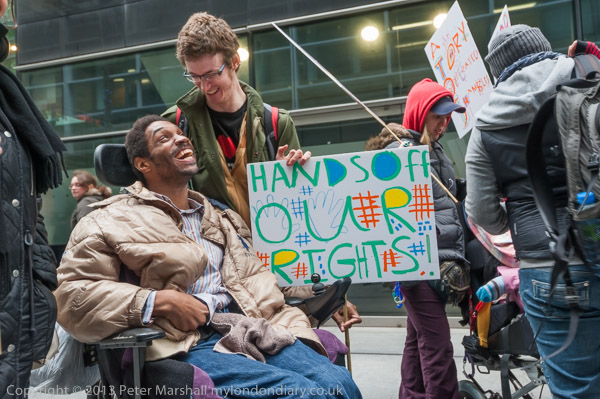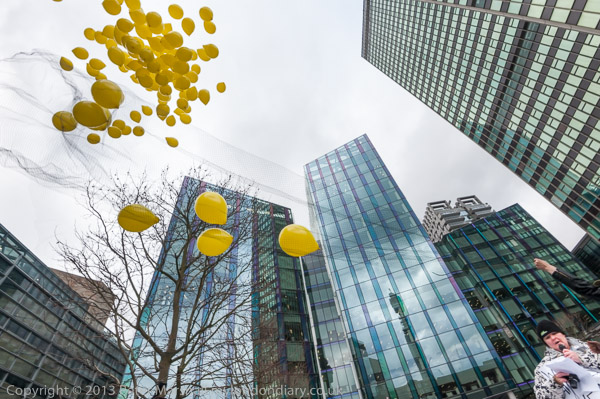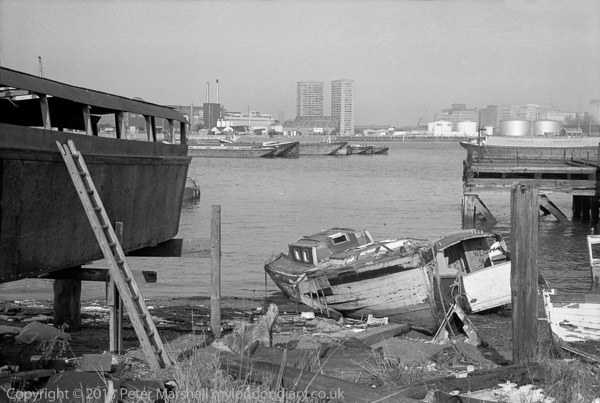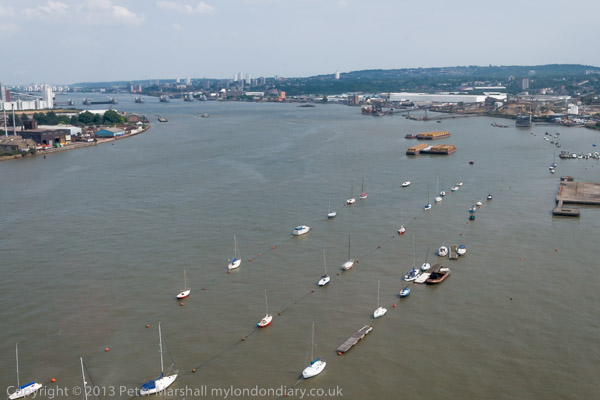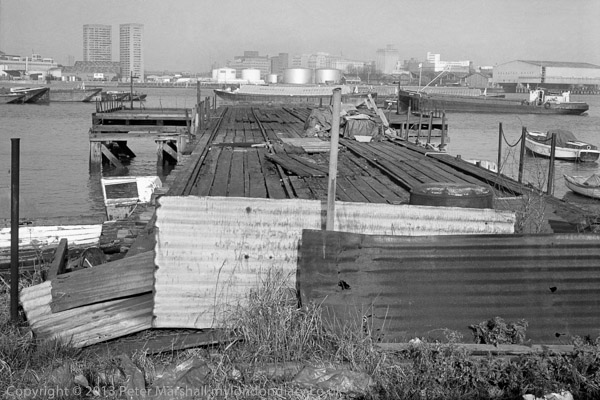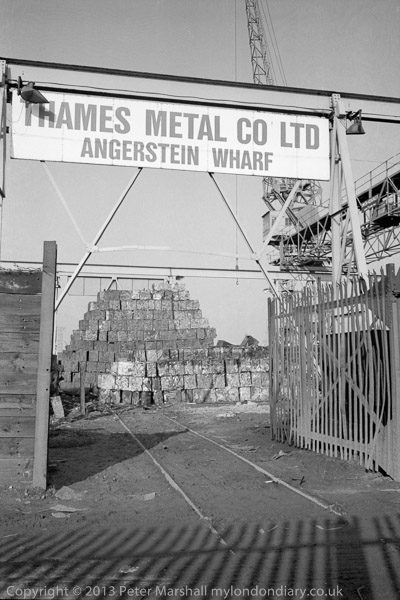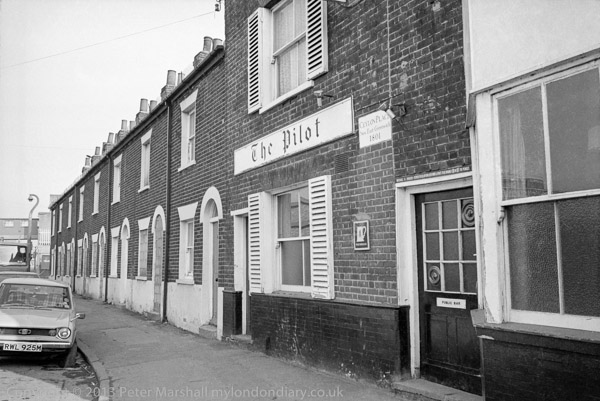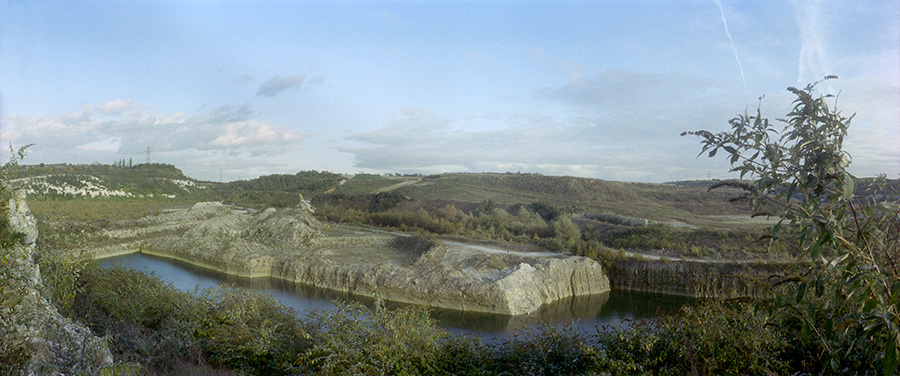
Western Cross Pit, 2000
One of the latest UK Coalition government pseudo-announcements which caught my attention was of a new ‘garden city’ to be built at Ebbsfleet in North Kent. It’s hardly new, since development in the huge former chalk quarry south of Swanscombe has been talked about at least since 2002, with the main planning application submitted in 2003 for around 6000 homes and related facilities. And it will be hardly a city – perhaps more like several villages. But there were certainly plenty of trees on parts of the site back in 2000-1.
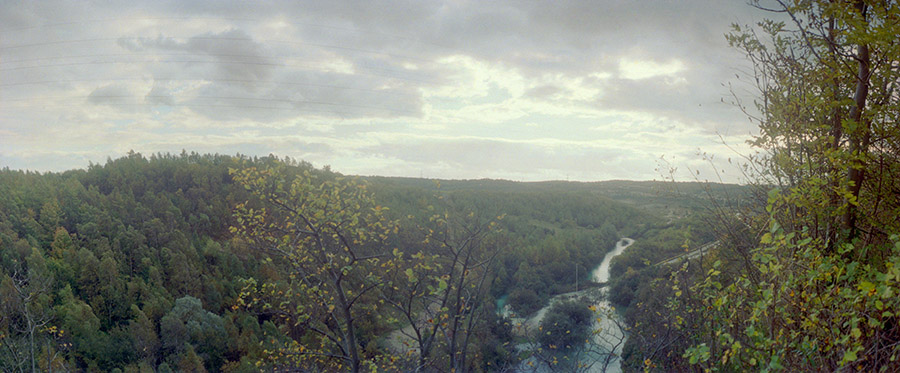
View from Alkerden Lane, 2000
In 2000 I went to photograph Bluewater in the former quarry immediately to the west across the B255. As an afterthought I walked across the road to see what was on the other side, and found I could see a view across and extremely large quarry. Much of it was hidden by bushes, and in previous years when I’d tried to photograph this chalk pit from the north side, I’d given up as the area around it was too overgrown to get a proper view. Although parts of the fence were rusty and would have been easy to go through, there was a very large drop and it was clearly not safe to trespass. But a month or so earlier I’d managed to get the view above.
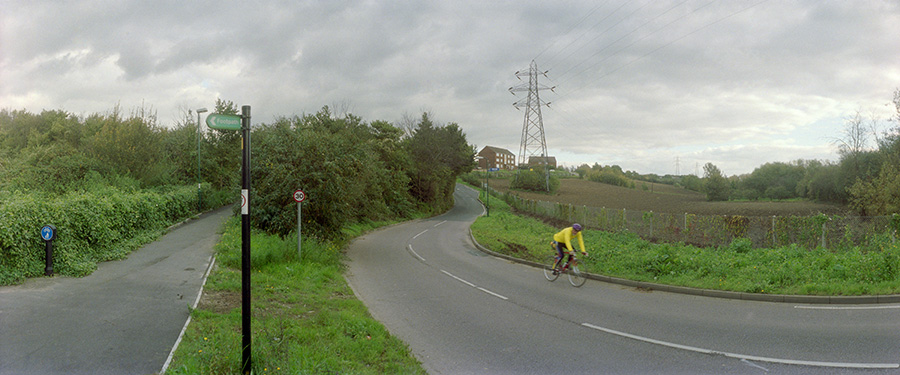
Alkerden Lane, 2000
This ‘Eastern Quarry’, covering much of the area between Alkerden Lane and the A2 was impressively large. Most of the chalk from this site – the Western Cross Pit – was taken to the Swanscombe works by rail, but there was also a conveyor belt taking it to the Northfleet works. I was around the area again a few months later and made another photograph from a very similar viewpoint – there was a fairly limited area where you could see over the fence and the lip of the pit.
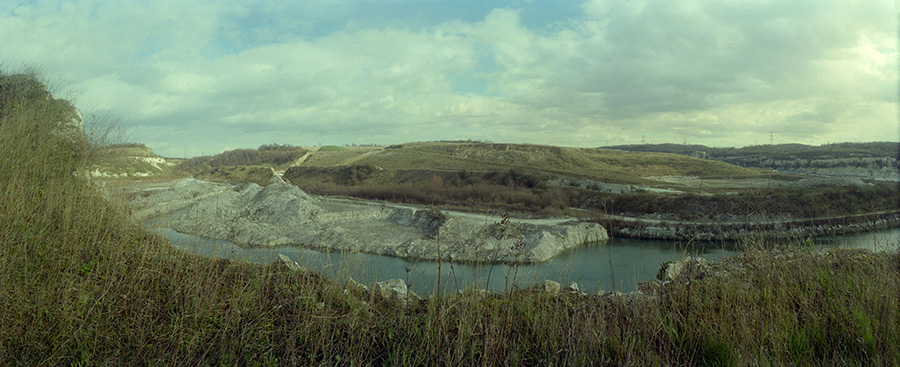
Western Cross Pit, 2001
Working on the pit seems to have started some time in the 1930s when the earlier quarries closer to Swanscombe were largely worked out. It certainly continued into the 1970s a perhaps later. The chalk here was around 50 foot below the surface and considerable overburden had to be removed, much of it being used to fill some of the earlier workings. There was then almost a hundred foot of pure chalk to be removed – leaving a very large hole.
A little further east in the same redevelopment site, close to the A2 there were also clay pits, providing another vital material for cement manufacture, though this was worked out before the Second World War, Clay was also brought in from Cliffe marshes and across the Thames from Essex in barges. The river also allowed the shipping in of coal, initially from the Durham coalfields, to fuel the process. Later this was replace by oil, also coming by river. The river was also used to ship out cement. The works at Northfleet were close to the deepwater channel and could handle sizeable ships, while those further upstream were more restricted. Cement production was later consolidated there, and it was the only cement works still in production I photographed in 1985.
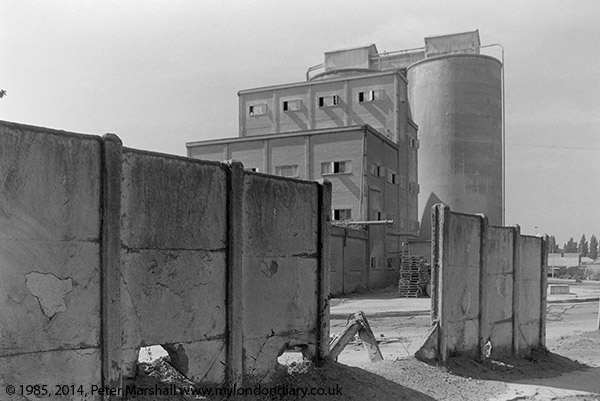
Derelict cement works at Swanscombe, 1985
When I first photographed the area around the mid 1980s, the cement industry was still going strong at Northfleet. I went back in 2003, mainly to photograph around the Channel Tunnel Rail Link, which passes just to the East of the ‘Garden City’ with a Ebbsfleet International station close by, but also the new housing that was by then being built in various places around the area. My last visit was a little over a year ago, and things have changed even more, with the hug factory at Northfleet entirely disappeared.
When cement was at its height, this was one of the most polluted areas of the country, and even ten years ago there was still plenty of dust in evidence. Although signs of the industry remain – and there are industries in some of the former quarries as well as housing estates, it is a much cleaner place now.
You can see these images at twice the size by right-clicking and choosing ‘View image’. The panoramas were taken on 35mm Fuji film using a Horizon 220 camera which has a lens that swings through an arc to take a picture with a horizontal angle of view of around 120 degrees. The camera gives negatives approximately 56x24mm, and although a cheap camera, gives excellent results. The negatives are the same width as 6×6 medium format negatives, while the height is that of 35mm. The black and white image was taken on an Olympus OM camera, almost certainly with a 35mm shift lens to keep the verticals upright.
